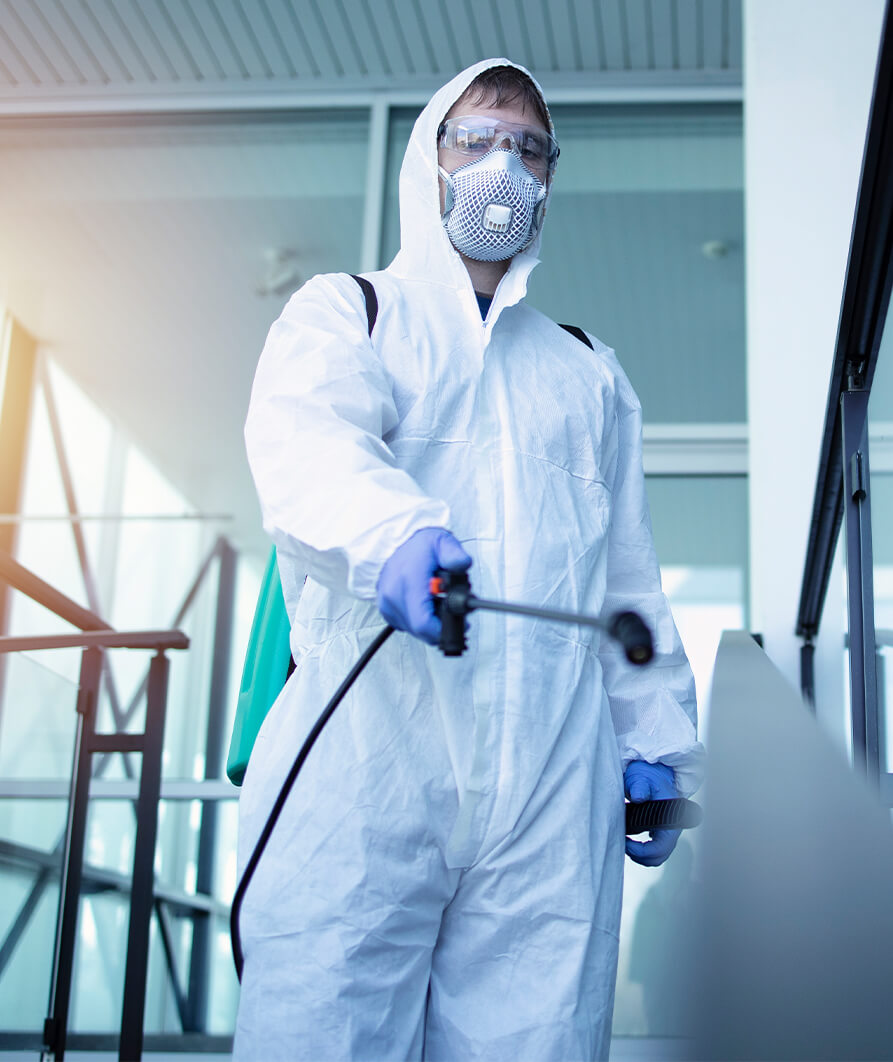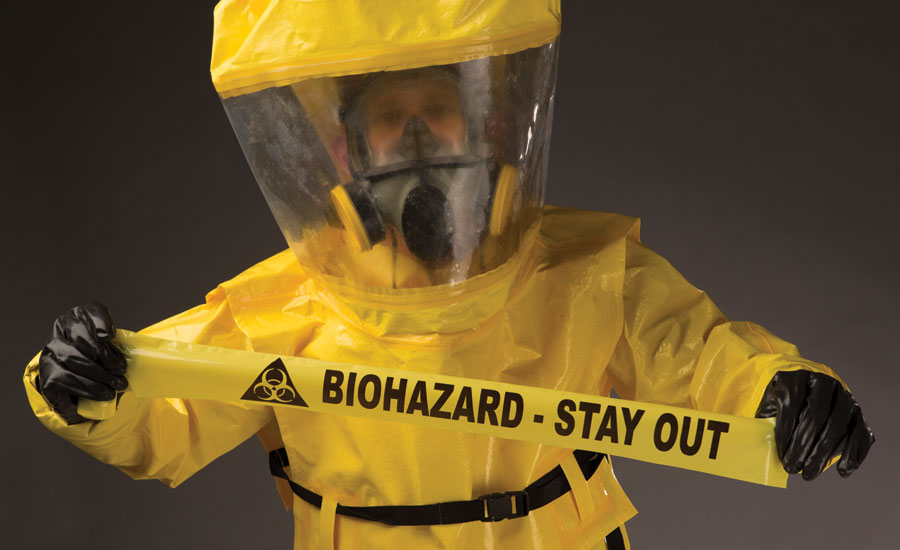Exact ATP Testing for Effective Hygiene and Health Surveillance
Exact ATP Testing for Effective Hygiene and Health Surveillance
Blog Article
Professional Biohazard Cleansing and Decontamination for Blood, Bodily Fluids, and Hazardous Materials
The possible health dangers linked with exposure to biohazards emphasize the critical requirement for thorough handling and extensive cleaning. As we navigate the complex landscape of biohazard cleanup, comprehending the subtleties of laws, compliance, and the specific tools at play becomes vital in making certain a thorough and safe purification procedure.
Wellness Risks of Biohazard Exposure
Exposure to biohazards positions considerable health threats that can result in extreme consequences for communities and individuals alike. Biohazards encompass a large range of biological materials, consisting of blood, physical liquids, mold and mildew, microorganisms, viruses, and other potentially contagious materials. When individuals come into contact with these biohazards, whether with mishaps, incorrect handling, or environmental exposure, they deal with the threat of contracting severe health problems or conditions.
Among the main health and wellness dangers associated with biohazard direct exposure is the transmission of transmittable conditions. Bloodborne microorganisms such as HIV, hepatitis B and C, and various bacteria can be existing in biohazardous products, presenting a straight risk to human wellness. Breathing in air-borne biohazards like mold spores or entering into call with polluted surfaces can also bring about respiratory system problems, allergic reactions, and other adverse wellness results.
Additionally, biohazard exposure can have lasting health and wellness ramifications, with some diseases showing up years after the preliminary get in touch with (Blood Cleanup). As a result, it is crucial to focus on appropriate biohazard cleansing and purification to mitigate these wellness threats and guarantee the safety of areas and individuals

Specialized Training for Biohazard Cleaning
When it comes to managing biohazard cleaning efficiently and safely, specialized training plays a basic role in guaranteeing appropriate purification procedures are complied with. Biohazard cleaning requires particular understanding and abilities to effectively reduce dangers linked with bloodborne pathogens, bodily fluids, and dangerous products. Experts learnt biohazard cleaning undertake rigorous instruction on how to safely manage, get rid of, and deal with biohazardous materials to avoid contamination and direct exposure.
Specialized training for biohazard cleaning covers an array of crucial subjects, consisting of correct individual safety tools (PPE) use, bloodborne microorganism recognition, purification methods, and contaminated materials disposal procedures. Individuals trained in biohazard cleanup are geared up with the required experience to analyze contamination levels, identify possible threats, and apply proper clean-up procedures in compliance with governing criteria.
Constant training and education are paramount in the field of biohazard cleanup to stay upgraded on the current purification innovations, safety methods, and guidelines. By investing in specialized training, biohazard cleaning experts can successfully reply to emergency cleanup scenarios and safeguard both public health and the environment.
Significance of Correct Decontamination Strategies
Utilizing correct purification techniques is crucial in biohazard cleaning to effectively minimize and remove dangerous products health threats. Efficient purification not only makes certain the removal of noticeable traces of blood, bodily liquids, and company website other biohazards however additionally targets unnoticeable virus that may posture major wellness threats if not appropriately eradicated. By complying with stringent decontamination methods, educated experts can dramatically decrease the danger of direct exposure to harmful microbes, viruses, and germs that can lead to infections or illness.
Correct decontamination methods include using specific devices and anti-bacterials that are especially designed to reduce the effects of biohazards successfully. Comprehensive cleaning and sanitation of infected locations are essential to avoid the spread of microorganisms and make sure a secure setting for occupants. Additionally, the appropriate disposal of biohazardous waste complying with decontamination procedures is important in stopping contamination of various other surface areas or people.

Equipment and Devices for Safe Cleaning
The appropriate equipment and tools play a critical role in making sure the reliable and risk-free cleanup of biohazardous products. When managing blood, bodily fluids, or unsafe materials, biohazard cleaning specialists depend on specialized gear to reduce exposure threats and completely sanitize the affected area. Individual protective tools (PPE) such as handwear covers, masks, coveralls, and goggles are important to safeguard versus direct contact with potentially infectious materials. In addition, biohazard cleaning packages including anti-bacterials, absorbent products, and biohazard bags are used to securely dispose and consist of view it of contaminated things. Blood Cleanup.
Advanced cleansing devices like hospital-grade anti-bacterials, HEPA-filtered vacuums, and fogging makers are employed to disinfect surfaces and remove biohazards successfully. Specialized tools such as sharps containers and biohazard waste disposal bins are used to securely manage sharp items and biohazardous waste materials. By using the appropriate tools and tools, biohazard cleaning professionals can guarantee a thorough cleanup process that prioritizes security and decreases health risks for both workers and residents of the affected space.
Regulations and Compliance in Biohazard Cleaning
Proper adherence to regulations and compliance standards is paramount in biohazard cleaning to guarantee the security of both workers and the atmosphere. Government agencies such as OSHA (Occupational Safety and Health Administration) and the EPA (Epa) have actually developed certain guidelines for biohazard cleanup procedures to minimize health threats and environmental contamination. These laws cover a series of elements including the handling, transportation, and disposal of biohazardous materials, in addition to the required training and protective equipment needed for workers associated with the clean-up procedure.
Biohazard cleaning companies have to remain up-to-date with these regulations to assure that their operations fulfill the called for security standards. Failing to conform clean up blood zomboid with these policies can cause serious consequences, consisting of fines, lawful action, and endangering the health and wellness of individuals and the environment. By adhering to rigid regulations and conformity steps, biohazard cleansing companies can effectively alleviate risks and make certain a thorough and risk-free cleanup procedure for all celebrations entailed.
Conclusion
To conclude, biohazard cleaning and purification call for specific training, correct techniques, and adherence to guidelines. Direct exposure to blood, bodily liquids, and hazardous materials presents substantial health and wellness threats, making it essential to utilize the right equipment and devices for secure cleanup. By complying with rigorous protocols and guidelines, specialists can successfully reduce the threats related to biohazard direct exposure and ensure the security of both themselves and others.
As we navigate the complex landscape of biohazard cleaning, understanding the nuances of policies, compliance, and the specific tools at play becomes critical in ensuring a complete and secure purification process. (Blood Cleanup)
When it comes to handling biohazard cleanup efficiently and safely, specialized training plays a fundamental role in guaranteeing correct decontamination treatments are followed.Making use of correct purification strategies is critical in biohazard cleaning to properly reduce and eliminate hazardous materials health threats. In addition, biohazard cleansing sets including disinfectants, absorbing products, and biohazard bags are utilized to safely dispose and contain of polluted products.
Government firms such as OSHA (Occupational Security and Health And Wellness Administration) and the EPA (Environmental Defense Company) have developed certain guidelines for biohazard cleaning treatments to reduce health threats and environmental contamination.
Report this page